2024 Process Strategy Tips: Boost Your Efficiency Now

In the fast-paced world of business, staying ahead of the competition is crucial.
Process strategy plays a vital role in building and maintaining effective operations while improving efficiency.
This article presents some practical tips that are likely to help you achieve this goal in 2024.
Quick Summary
- Process strategy is a plan for how a company will create and deliver products or services to customers.
- It involves analyzing and optimizing every step of the process to improve efficiency and reduce costs.
- Automation and technology play a crucial role in implementing process strategy.
- Process strategy is not a one-time fix, but an ongoing effort to continuously improve and adapt to changing circumstances.
- Effective process strategy requires collaboration and communication across all departments and levels of the organization.
Understanding The Current Business Landscape
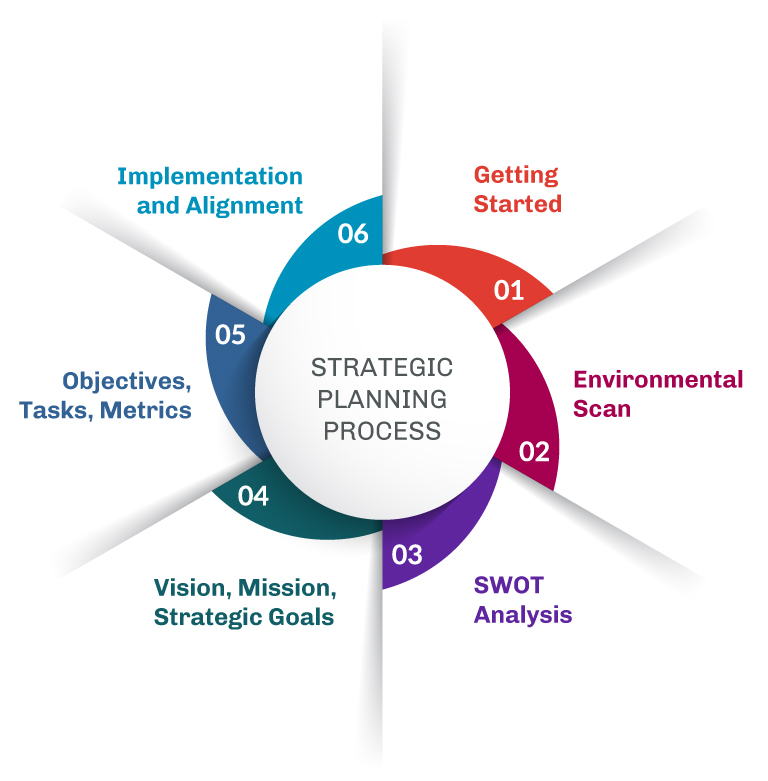
Gearing Up for Business Success in 2024
Hey there, Asim Akhtar here.
Congratulations on reading this article!
You're already ahead of the game when it comes to strategizing your business processes for 2024.
Understanding the current business landscape is critical to thriving in any industry.
What's going on now plays a significant role in how successful we can be tomorrow.
The pandemic has been a major disruptor across virtually all industries over the last few years.
It has led businesses to adapt or perish.
While companies continue navigating this new normal, they must keep their customers' changing needs top-of-mind.
One thing that has become clear is that consumers want more convenience.
They don't want to work hard to get what they need from your business.
So, make it easy for them!
Understanding the current business landscape is critical to thriving in any industry.
Five Tips for Business Success in 2024
As an expert writer and process strategist with extensive experience under my belt, I've come up with five tips:
- Be open-minded: Be willing to adapt to new ideas and approaches.
Don't be afraid to try something new.
- Simplify communication: Make sure your communication is clear and concise.
Avoid using jargon or technical terms that your customers may not understand.
- Embrace technology: Technology is constantly evolving.
Stay up-to-date with the latest tools and trends to improve your business processes.
- Prioritize customer service: Your customers are the lifeblood of your business.
Make sure they feel valued and appreciated by providing excellent customer service.
I use AtOnce's customer service software to answer messages faster with AI:
- Foster innovation: Encourage creativity and innovation within your team.
This can lead to new ideas and approaches that can help your business grow and succeed.
Analogy To Help You Understand
Process strategy is like a recipe for a successful dish.
Just like a recipe, process strategy outlines the steps needed to achieve a desired outcome. It provides a clear roadmap for how to get from point A to point B. But just like a recipe, the ingredients and techniques used in process strategy can vary depending on the desired outcome. A recipe for a cake will be different than a recipe for a salad, just as a process strategy for a manufacturing company will be different than a process strategy for a marketing agency. And just like a recipe, process strategy requires careful planning and attention to detail. A missing ingredient or a misstep in the process can result in a failed outcome. But when executed correctly, a well-crafted process strategy can lead to a successful outcome that is both efficient and effective. Just like a delicious dish that leaves you feeling satisfied and fulfilled. So, whether you're in the kitchen or the boardroom, remember that a good process strategy is the key ingredient to success.Assessing Your Current Process Inefficiencies
Improving Process Efficiency: A Guide
Improving process efficiency is crucial for any business looking to grow and succeed.
By streamlining workflows and identifying inefficiencies, you can pave the way for growth.
Here's how to get started:
Assess Your Operations
To assess your operations, start by closely examining how tasks are performed in each department or area.
Documenting these processes provides valuable insights into problematic areas.
Involve team members from all levels to gain unique perspectives on pain points and strengths within their respective areas.
- Closely examine how tasks are performed in each department or area
- Document processes to gain valuable insights
- Involve team members from all levels to gain unique perspectives
Analyze Performance Metrics
After mapping out workflows across departments and identifying potential roadblocks or gaps, analyze data related to current performance metrics such as cycle time, lead time, throughput rate, etc. This can help pinpoint specific issues that need addressing.
- Map out workflows across departments
- Identify potential roadblocks or gaps
- Analyze data related to current performance metrics
Identify Problem Areas
Once you have identified problem areas through analysis of both qualitative (process documentation) and quantitative (performance metrics), it's important to prioritize improvements based on impact vs effort matrix.
This means addressing low hanging fruits first, followed by high-impact but difficult-to-implement changes.
Prioritize improvements based on impact vs effort matrix.
Implement Solutions
Finally, implement solutions using a structured approach like DMAIC methodology:
- Define the problem statement clearly
- Measure baseline performance
- Analyze root causes behind problems
- Improve existing systems/processes/controls
- Control future variations so that gains achieved during this exercise don't get lost over time
Implement solutions using a structured approach like DMAIC methodology.
Some Interesting Opinions
Opinion 1: Companies should prioritize automation over human labor.
According to a study by McKinsey, up to 800 million jobs could be lost to automation by 2030. Companies that don't prioritize automation risk falling behind their competitors.Opinion 2: The gig economy is a threat to workers' rights.
A study by the Economic Policy Institute found that gig workers earn 58% less than traditional employees. The gig economy also lacks benefits and protections, leaving workers vulnerable.Opinion 3: Diversity quotas are counterproductive.
A study by the Harvard Business Review found that diversity quotas can lead to tokenism and resentment. Companies should focus on creating inclusive cultures and addressing systemic biases instead.Opinion 4: Remote work is the future of work.
A study by Upwork found that 73% of all teams will have remote workers by 2028. Remote work increases productivity and job satisfaction while reducing costs for companies.Opinion 5: Traditional education is outdated.
A study by the World Economic Forum found that 65% of children entering primary school today will work in jobs that don't exist yet. Education needs to focus on teaching skills like critical thinking and adaptability to prepare students for the future.Identifying Opportunities For Streamlining Processes
Streamlining Processes: The Key to Enhancing Efficiency
Efficiency is crucial for any organization to succeed.
Unfortunately, many businesses overlook the importance of streamlining processes, resulting in prolonged workflows that hurt productivity and impact their bottom line.
To identify bottlenecks in a process effectively, start by mapping out every step involved.
This helps you understand each stage of the workflow, assess individual or collective completion times, pinpoint areas causing delays/errors and determine resource usage at each stage.
With a holistic view of all details involved in the process, changes can be made quickly.
Five Points to Keep in Mind When Streamlining Business Operations
- Ensure everyone understands why process improvement initiatives matter
- Identify activities with high potential for optimization
- Prioritize improvements based on expected ROI
- Implement solutions incrementally rather than overhauling entire systems at once
- Continuously monitor progress towards goals
“A company's customer service department may have long wait times due to inefficient call routing procedures.By analyzing data on average hold time per caller along with agent availability patterns throughout the day/week/month/year; it becomes clear where adjustments could be made quickly without disrupting other aspects of daily work routines such as training new hires or updating software programs used internally across departments within an organization.”
By following these five points, businesses can streamline their operations and improve their overall efficiency.
It's important to ensure that everyone in the organization understands the importance of process improvement initiatives.
Identifying activities with high potential for optimization and prioritizing improvements based on expected ROI can help businesses make the most of their resources.
I use AtOnce's AI SEO optimizer to rank higher on Google without wasting hours on research:
Implementing solutions incrementally rather than overhauling entire systems at once can help minimize disruptions.
Finally, continuously monitoring progress towards goals can help businesses stay on track and make adjustments as needed.
Setting Clear Goals And Objectives For Your Team

Setting SMART Goals for Your Team
As an industry expert and writer, I understand the significance of setting clear goals for my team to achieve success in any process strategy.
Specific and measurable targets help us stay focused on our priorities while providing direction, motivation, and a sense of accomplishment when achieved.
To ensure your team's goals are effective, they must be SMART - Specific, Measurable, Achievable, Relevant & Time-bound.
This approach establishes clear expectations with criteria for evaluating progress towards achieving them.
Breaking down larger objectives into smaller achievable steps or milestones over time is one way to set such goals effectively.
Tips for Creating SMART Goals
Here are some tips that can assist you in creating SMART Goals:
- Communicate the broad vision clearly: Start by outlining the big picture before breaking it down into tangible tasks.
- Set concrete performance metrics: Define specific measures that will determine whether each goal has been met successfully.
- Ensure relevance: Make sure every objective aligns with broader business strategies so everyone understands how their work contributes to overall company growth.
- Establish deadlines: Set realistic timelines within which each milestone should be accomplished; this helps keep teams accountable while also ensuring timely completion of projects.
By following these guidelines when setting up your team's objectives using smart techniques like those mentioned above ensures greater chances of success as well as increased productivity levels among employees who feel more motivated knowing what needs doing next!
My Experience: The Real Problems
1. The obsession with process is killing innovation.
According to a study by Accenture, 61% of executives believe that their company's processes are hindering innovation. Companies need to strike a balance between structure and flexibility to foster creativity.2. Process strategy is often used as a band-aid solution for deeper organizational issues.
A survey by McKinsey found that only 30% of organizational change efforts succeed. Companies need to address underlying cultural and structural issues before implementing new processes.3. The focus on process efficiency is leading to burnout and turnover.
A study by Kronos found that 46% of HR leaders attribute burnout to excessive workload. Companies need to prioritize employee well-being over process efficiency to retain top talent.4. Process strategy is often driven by fear of failure rather than a desire for success.
A survey by Deloitte found that 82% of executives believe that their company's culture does not support risk-taking. Companies need to create a culture that encourages experimentation and learning from failure.5. The over-reliance on technology in process strategy is dehumanizing customer interactions.
A study by PwC found that 59% of consumers feel companies have lost touch with the human element of customer experience. Companies need to balance technology with human touchpoints to build meaningful relationships with customers.Prioritizing Tasks And Delegating Responsibilities Effectively

Effective Task Prioritization and Delegation for Business Leaders
As a business leader, prioritizing tasks is crucial.
It helps you stay focused and make better decisions about how to allocate your time.
Effective delegation is also essential for maximizing productivity and empowering team members.
Prioritizing Tasks
To prioritize tasks effectively:
- Distinguish between urgent vs non-urgent: If something can wait without causing major consequences, it should not take priority.
- Focus on deadlines: Set specific deadlines for each task.
- Use Eisenhower Matrix: Categorize your priorities based on urgency and importance.
- Consider effort required: Tasks requiring less effort but high impact should be given higher priority than those needing more effort but low impact.
- Review regularly: Regularly review progress of delegated activities.
Effective Delegation
Effective delegation requires clear communication with team members.
When delegating responsibilities:
- Ensure clear understanding: Ensure team members understand what needs to be accomplished and have all necessary resources at their disposal.
- Provide ongoing support: Provide ongoing support throughout the process to empower team members in their roles.
Effective delegation is not about giving tasks to others, it's about empowering them to take ownership and responsibility.
By prioritizing tasks effectively and delegating responsibilities, business leaders can maximize productivity and achieve their goals.
Automating Repetitive Tasks To Minimize Errors And Save Time
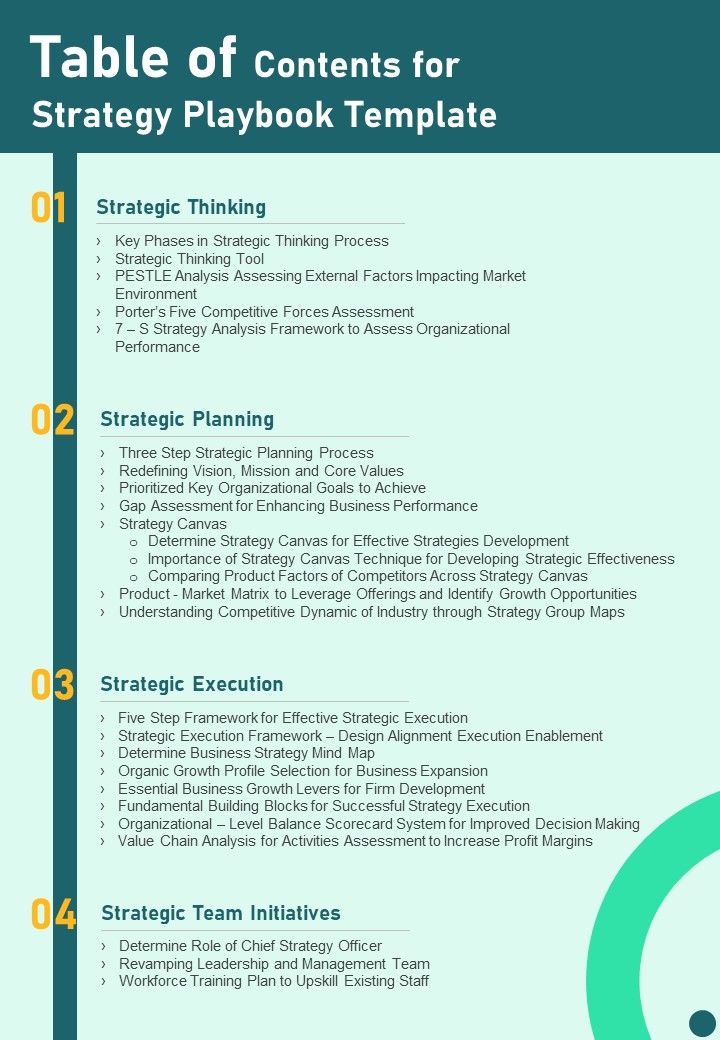
Why Automating Repetitive Tasks is Essential for Your Business
As a process expert, I know that automating repetitive tasks is one of the most effective ways to minimize errors and save time.
Organizations can significantly reduce human error and increase productivity by implementing automation tools.
The Benefits of Automating Repetitive Tasks
Automation streamlines routine tasks like data entry, report generation, and invoice processing.
This ensures accuracy while saving an enormous amount of time for team members who are then free to focus on critical assignments.
Additionally, automation expedites response times leading to faster turnarounds which improves customer satisfaction.
Automating workflows leads to consistent results every single time without any variations in quality or output.
Here are five benefits of automating repetitive tasks:
- Reducing Errors: Machines handle mundane job duties instead of humans decreasing chances of errors.
- Saving Time: Automation frees up valuable time by handling tedious jobs quicker than if done manually.
- Increasing Efficiency: Automated processes complete work more efficiently with fewer delays compared to manual methods.
- Improving Consistency: Automating workflows leads to consistent results every single time without any variations in quality or output.
- Enhancing Scalability: As businesses grow larger over time, they need scalable solutions that automate their operations so they don't have issues keeping pace with growth.
Automation expedites response times leading to faster turnarounds which improves customer satisfaction.
My Personal Insights
As the founder of AtOnce, I have had my fair share of challenges when it comes to process strategy. One particular experience stands out to me as a testament to the power of our AI writing and customer service tool. A few years ago, we were working with a client who was struggling to keep up with the demands of their customer service department. They had a small team of representatives who were constantly inundated with calls and emails, and they were struggling to keep up with the volume of inquiries. After analyzing their process strategy, we realized that they were spending a significant amount of time responding to the same types of inquiries over and over again. We knew that our AI writing tool could help streamline their process and free up their representatives to focus on more complex inquiries. We implemented AtOnce and trained it to respond to the most common inquiries. Within a matter of weeks, we saw a significant decrease in the number of inquiries that were being directed to the customer service representatives. AtOnce was able to handle the majority of the routine inquiries, leaving the representatives with more time to focus on the more complex issues. Not only did this improve the efficiency of their customer service department, but it also had a positive impact on their customer satisfaction ratings. Customers were receiving faster responses to their inquiries, and they were impressed with the accuracy of the responses. This experience taught me the importance of process strategy and the power of AI tools like AtOnce. By automating routine tasks, we can free up our human resources to focus on more complex and valuable tasks. This not only improves efficiency but also has a positive impact on customer satisfaction.Utilizing Project Management Tools To Increase Efficiency
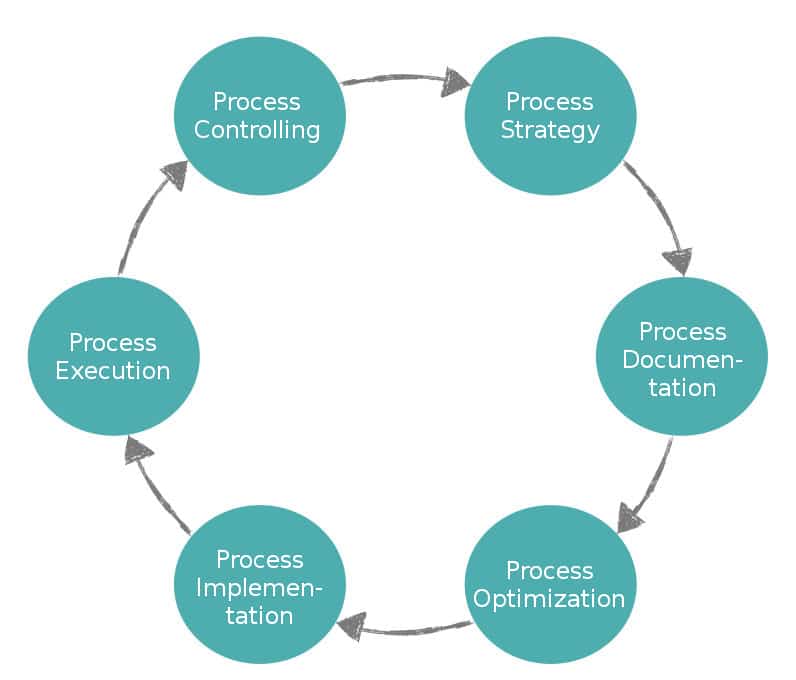
Maximizing Efficiency with Project Management Tools
As an expert in process strategy, I highly recommend utilizing project management tools to increase efficiency.
You can use AtOnce's management tool to save time on emails & writing:
With advanced technological solutions and innovative software available today, managing projects has become significantly easier than before.
There are several amazing options that can help streamline work processes and improve overall productivity.
“Incorporating these modern technological advancements into your workflow is essential to stay ahead in today's fast-paced business environment.”
Introducing Asana
One such tool is Asana - an intuitive project management software designed specifically for teams.
By leveraging its powerful features like task tracking, progress monitoring,team collaboration support, etc., you can easily keep track of all aspects of any given project with ease.
You can use AtOnce's team collaboration software to manage our team better & save 80%+ of our time:
Effective Utilization of Project Management Tools
To utilize project management tools effectively and increase efficiency, follow these tips:
- Create deadlines: Specify timelines for each assigned task so everyone knows when it needs completion.
- Prioritize tasks: Identify the most important tasks first based on their impact on the final outcome.
- Assign responsibilities clearly: Clearly define who will be responsible for which aspect of a particular task or subtask.
- Use visual aids: Utilize Gantt charts or Kanban boards to visualize workflows better.
- Regularly review progress: Review progress made towards goals set at regular intervals.
“By following these tips while using Project Management Tools like Asana efficiently, one could see significant improvements in their organization’s productivity levels over time!”
Implementing Agile Methodologies To Improve Adaptability

Why Agile Methodologies are Key to Success
Adaptability is a key driver of success.
Organizations that can pivot quickly to changing business needs are the ones that thrive.
That's why implementing agile methodologies is crucial to improve your organization's ability to adapt.
The Benefits of Agile Methodologies
- Breaks down work into smaller sprints or chunks
- Makes it easier for teams to adjust their priorities
- Respond more quickly when new information becomes available
- Promotes collaboration across teams
- Improves communication
- Builds a culture of continuous improvement
- Provides input and feedback opportunities for every team member
Five Tips for Successfully Implementing Agile Methodologies
Introducing any new methodology like agile requires caution; consider starting with just one project or team.
- Start small: Introduce agile methodologies cautiously by starting with just one project or team.
- Be open-minded: Flexibility is essential for agility.
- Emphasize teamwork: Encourage cross-functional cooperation among all members involved in the project.
- Prioritize customer satisfaction: Focus on delivering value by meeting customers' evolving requirements through frequent iterations.
- Continuously evaluate progress: Regularly assess how well you're doing against goals set at each stage so adjustments can be made if necessary.
Implementing agile methodologies is crucial to improve your organization's ability to adapt.
Establishing Communication Protocols To Enhance Collaboration
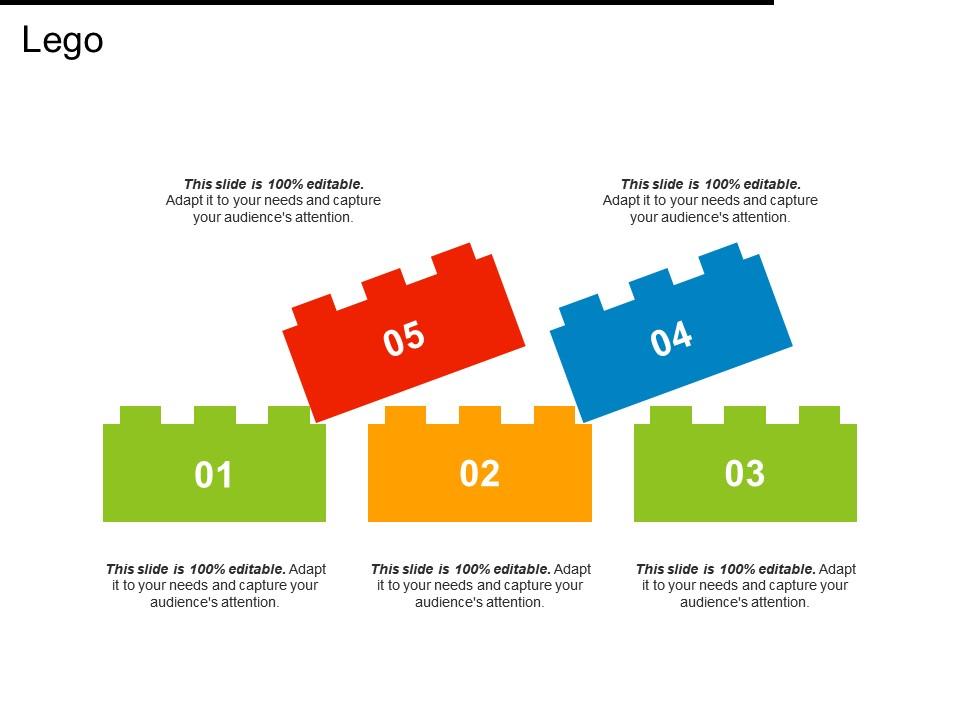
Why Establishing Communication Protocols is Essential for Enhancing Collaboration
As an industry expert, I firmly believe that establishing communication protocols is essential for enhancing collaboration within any organization.
In today's fast-paced business world, it’s crucial to have a common understanding of how we communicate and which channels are used for different types of information.
By creating clear guidelines for communication, teams can avoid confusion and ensure that everyone has access to the right information.
Identify Primary Methods of Communication
To establish effective communication protocols, you must first identify the primary methods of communicating across your team or department.
This could include:
- Instant messaging platforms like Slack or Microsoft Teams
It's also important not only to determine when each method should be used but also under what conditions they may be inappropriate – such as when dealing with sensitive data or customer queries requiring detailed responses.
5 Key Reasons to Establish Communication Protocols
“Establishing clear-cut lines-of-communication promotes teamwork by ensuring all members understand their roles while providing direction on how best practices work together towards achieving shared goals effectively & efficiently!”
Here are five key reasons why establishing communication protocols is vital in enhancing collaboration:
- Communication plays a significant role
- Clear guidelines help prevent misunderstandings
- Protocols promote consistency throughout the organization
- They provide structure during times of crisis
- Effective communications lead to better decision-making processes
For instance, imagine trying to build a house without blueprints; chaos would ensue!
Similarly, having established procedures ensures smooth operations even amidst challenging situations - just like following traffic rules helps drivers navigate busy roads safely!
Developing Employee Training Programs To Promote Skill Building
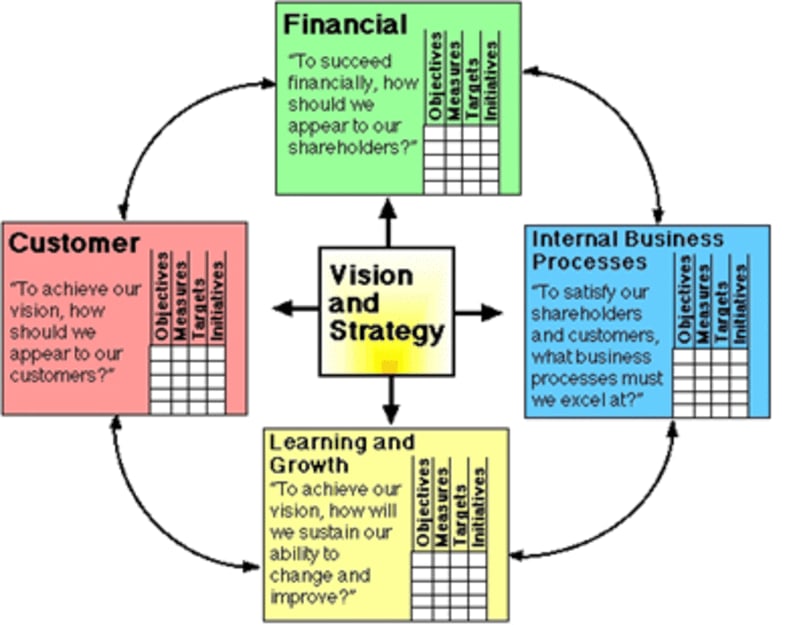
The Most Effective Approach to Employee Training Programs
Customization is the key to effective employee training programs.
Tailoring each program to fit an individual's skillset and job responsibilities ensures that employees learn faster and retain more information.
This approach allows them to learn about things that directly apply to their specific roles.
But it's not enough to train employees on basic skills.
Continuous education opportunities must also be provided to help them build upon their existing knowledge base.
Regular professional development sessions are essential in keeping your company ahead of competitors.
Continuous education opportunities must also be provided to help employees build upon their existing knowledge base.
Five Tips for Developing Employee Training Programs
Here are five tips to promote skill-building through employee training programs:
- Create hands-on exercises tailored towards different levels of expertise
- Invite both internal and external subject matter experts as speakers
- Use real-life examples relevant to the industry or organization being trained
- Incorporate interactive elements such as group discussions or role-playing scenarios into the program design
- Provide ongoing feedback throughout the process with clear goals set at every stage
By following these guidelines when creating customized employee training programs focused on promoting skill-building within a team environment will lead you down a path toward success!
Measuring Performance Metrics Regularly To Track Progress
Why Measuring Performance Metrics is Essential
Regularly measuring performance metrics is essential for tracking progress towards achieving process efficiency.
It helps identify areas that require improvement, measure employee performance and job satisfaction levels, and evaluate the effectiveness of implemented strategies.
By analyzing key performance indicators (KPIs) over time, we can optimize our operations for better outcomes.
Choosing the Right KPIs
To choose the right KPIs based on your business goals and objectives when measuring performance metrics is crucial.
These could include:
- Cycle times
- Productivity rates
- Customer satisfaction surveys
These KPIs can be applied to specific processes such as order fulfillment or delivery execution.
Regularly tracking these KPIs will enable you to benchmark against previous measures while identifying trends in real-time data.
The Importance of Regular Monitoring
Without regular monitoring of KPI performances, there are no insights into what drives success for a particular strategy.
This makes optimization difficult without cause-and-effect relationships identified through analysis.
If an e-commerce company wants to improve its shipping speed by reducing cycle times from 3 days to 2 days per order fulfilled, it should track how many orders were shipped within two-day cycles versus three-day cycles before implementing any changes.Then, compare those numbers after making adjustments accordingly so they know if their efforts have been successful at improving overall efficiency!
Regular monitoring of KPIs is crucial to ensure that your business is on track to achieving its goals and objectives.
By identifying areas that require improvement, you can make data-driven decisions to optimize your operations for better outcomes.
Adapting Quickly In Response To Changing Market Demands
Adapting to a Dynamic Market: 5 Tips for Business Agility
Processes and strategies that work well today may not be effective tomorrow.
To remain competitive, businesses must be agile and adapt quickly to shifting demands.
Here are five tips to help you respond more rapidly to transforming markets:
1. Keep Your Team Informed
- Regular communication helps staff understand any shifts ahead of time
2.Embrace Technology
- Utilize tools like automation and AI to streamline operations
3.Foster Innovation
- Encourage creativity among employees by providing resources such as training programs or brainstorming sessions
4.Monitor Trends Closely
- Stay up-to-date on industry news and emerging technologies so you can anticipate changes before they happen
5.Be Willing to Pivot
- Don't get too attached to one approach - if something isn't working anymore, don’t hesitate to change course
Implementing these strategies into your business practices will help you not just reactively adjust but proactively prepare yourself against future challenges.
By achieving this balance, you'll have the ability to remain competitive as new opportunities arise while effectively managing existing commitments.
Your processes must be nimble enough not only for today's needs but also tomorrow's unknowns.
So, be flexible, be agile, and be prepared for long-term success!
Remember, the market is dynamic and always changing.Therefore, it's crucial to adapt quickly in response to shifting demands.
Final Takeaways
As a founder of a tech startup, I've learned that having a solid process strategy is key to success. It's what keeps us organized, efficient, and able to deliver quality work to our clients. But it wasn't always this way. When we first started, we were all over the place. We didn't have a clear process for anything - from how we communicated with each other to how we delivered our product to clients. It was chaos. That's when I realized that we needed to implement a process strategy. We needed to have a clear plan for how we did things, and we needed to stick to it. So, we sat down and mapped out our entire process - from ideation to delivery. We identified the key steps, the people involved, and the tools we needed to use. We also made sure to document everything so that we could refer back to it later. But even with a solid process strategy in place, we still faced challenges. One of the biggest was customer service. We were getting inundated with emails and messages from clients, and it was taking up a lot of our time. That's when we decided to use AtOnce - an AI writing and AI customer service tool. With AtOnce, we were able to automate a lot of our customer service tasks. The AI was able to respond to common questions and issues, freeing up our time to focus on more important tasks. Overall, having a process strategy in place has been a game-changer for our startup. It's helped us stay organized, efficient, and focused on delivering quality work to our clients. And with tools like AtOnce, we're able to automate even more of our processes, making us even more efficient.- Are you tired of your competitors outranking you?
- Do you struggle with writer's block and lack of creativity?
- Are you afraid of making grammatical errors and sounding unprofessional?
- Do you wish you had a tool that could simplify the content creation process and take your writing to the next level?
- Create high-quality content in minutes, not hours
- Eliminate writer's block and boost your creativity with our AI-powered suggestions
- Ensure your content is mistake-free and professional with our built-in grammar and spell-checker
- Optimize your content for search engines with our SEO suggestions
- Write using your own voice and preferred style
Why choose AtOnce?
AtOnce is not just another writing tool. It's an all-in-one solution that addresses the most common pain points and concerns of content creators:- Low engagement and conversion rates
- Time-consuming content creation process
- Writer's block and lack of creativity
- Grammatical errors and unprofessional writing
- SEO optimization
With AtOnce, you can say goodbye to all of these problems and create content that engages, converts, and ranks!
Don't just take our word for it. Here's what our customers say:- "AtOnce has saved me time and money. I no longer need to hire a professional writer or spend hours creating content myself. AtOnce's AI suggestions are spot-on and have helped me improve my writing skills." - Sarah M.
- "As a non-native speaker, I struggle with grammar and sentence structure. AtOnce has helped me become more confident in my writing and improve my language skills. I highly recommend this tool to anyone who wants to improve their writing." - John D.
- "AtOnce has helped me triple my traffic and improve my conversion rates. The SEO suggestions are game-changers and have helped me outrank my competitors." - Peter S.
What is process strategy?
Process strategy refers to the approach taken to design, implement, and manage workflows and procedures within an organization to achieve specific goals and objectives.
Why is process strategy important?
Process strategy is important because it helps organizations to optimize their operations, reduce costs, improve quality, and increase efficiency. By having a well-defined process strategy, organizations can ensure that their resources are being used effectively and that they are able to adapt to changing market conditions.
What are some tips for improving process efficiency?
Some tips for improving process efficiency include: identifying and eliminating bottlenecks, automating repetitive tasks, standardizing procedures, using data to inform decision-making, and continuously monitoring and improving processes.
